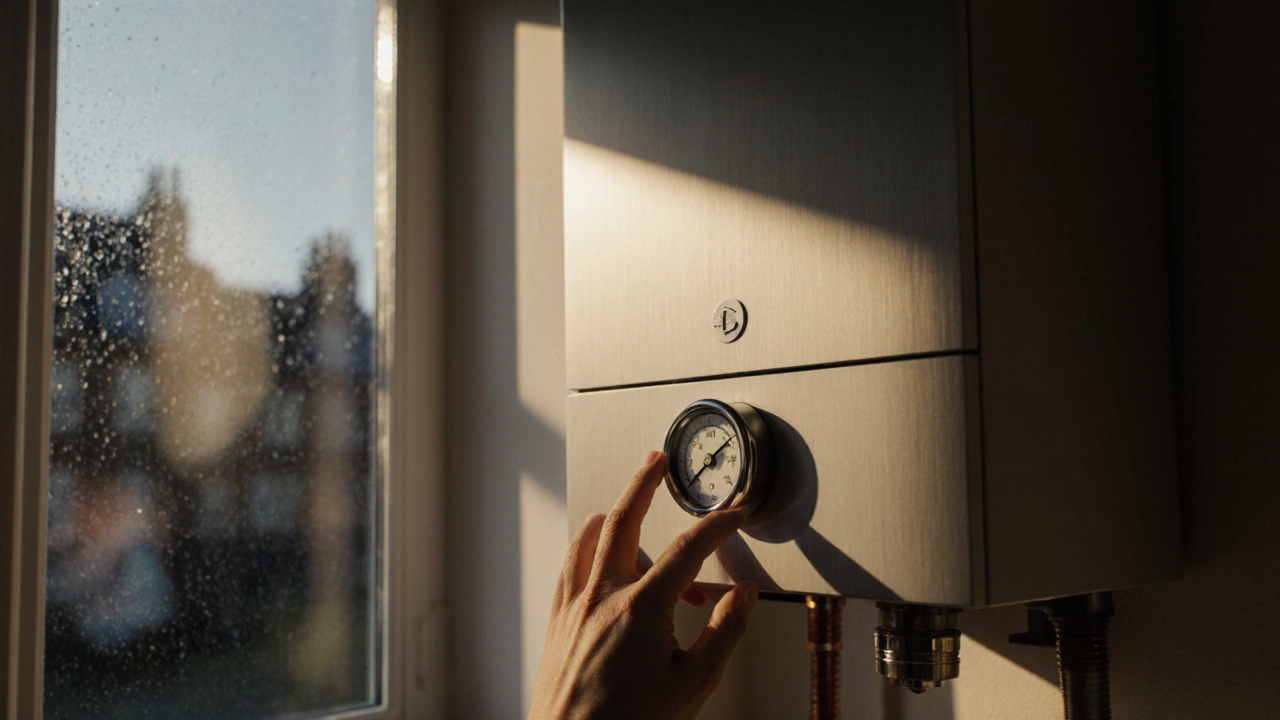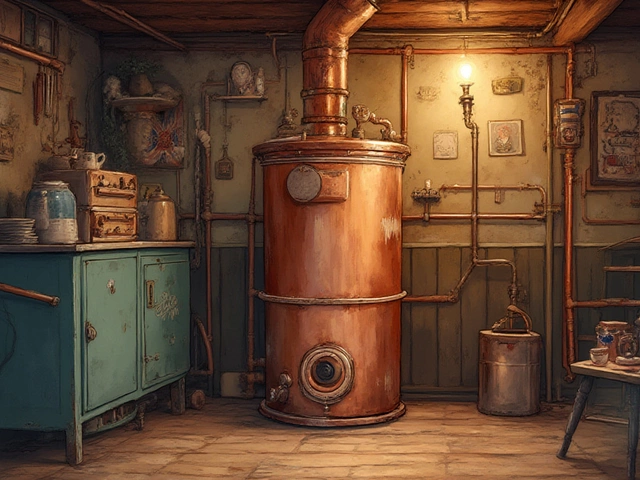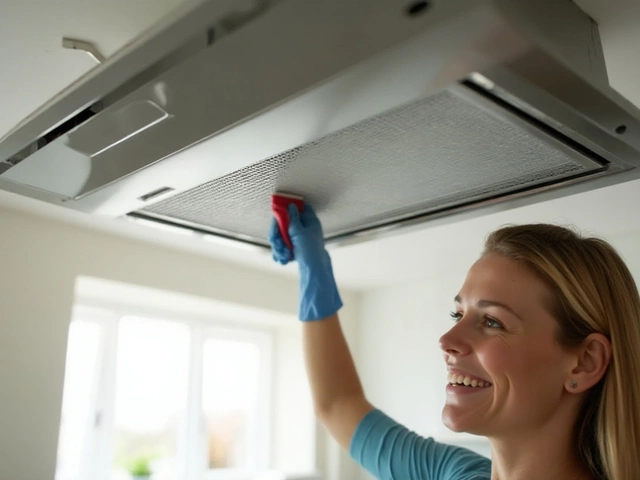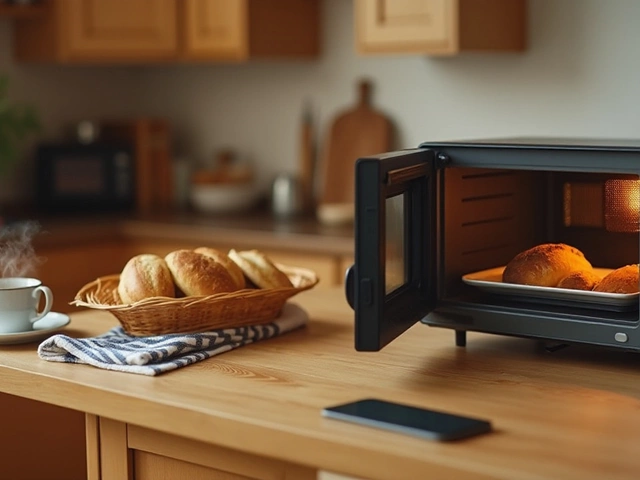When working with boiler diagnosis, the process of identifying faults in a heating system before they lead to costly breakdowns. Also known as boiler troubleshooting, it forms the first step toward safe, efficient heating. Effective boiler diagnosis often leads straight into boiler repair, where technicians replace or fix the faulty component, and sets the stage for regular boiler service that keeps the system humming.
Most homeowners notice a few tell‑tale signs: strange noises, uneven heat, or a sudden rise in energy bills. Those symptoms point to deeper issues like a failing heat exchanger or a bad pump. Detecting them requires basic tools—a multimeter, pressure gauge, and sometimes a thermal camera. In the UK, a faulty boiler can also become a safety hazard, especially if carbon monoxide leaks; that’s why boiler safety checks are non‑negotiable. If you also run a heat pump alongside your boiler, the two systems share similar diagnostic steps, but the refrigerant loop adds its own set of checks.
First, collect data: note error codes on the control panel, listen for ticking or whistling sounds, and feel for uneven water pressure. Next, verify the power supply and gas flow—these are the arteries that keep the boiler alive. Then, test the ignition sequence; a weak spark often means the igniter needs replacing. Finally, inspect the combustion chamber for soot buildup; excess soot can trigger safety cut‑offs. These actions illustrate the semantic triples: boiler diagnosis encompasses fault code reading, accurate diagnosis requires proper testing tools, and regular boiler service influences the need for major repairs. Each step builds on the last, moving you from simple symptom spotting to a full‑scale assessment.
Understanding why a boiler behaves oddly also helps you decide whether to DIY a quick fix or call a professional. Small tasks—like bleeding radiators or resetting the low‑pressure switch—can be done safely with a few minutes of effort. However, anything involving gas lines, high‑temperature components, or carbon‑monoxide detection should be left to a Gas Safe registered engineer. This distinction saves money and prevents dangerous situations. Moreover, a thorough diagnosis gives you a clear picture of upcoming maintenance costs, allowing you to budget for part replacements or a full system upgrade.
When you’ve run through the checklist, you’ll see a clear picture of your boiler’s health. Below, you’ll find a curated set of articles covering everything from resetting water heaters to understanding heat‑pump efficiency, each written to help you act confidently. Whether you’re hunting for a quick DIY fix or planning a professional service, these resources give you the knowledge to keep your home warm and safe.

Step‑by‑step guide to diagnose common boiler problems, covering pressure, thermostat, fault codes, leaks, and when to call a professional.

Is it possible for a hot water heater to last 30 years? Here’s a detailed look at what determines water heater longevity, what rare cases look like, and how you can extend your heater’s life with smart habits.

Routine maintenance of extractor fans is crucial to maintaining indoor air quality and ensuring the efficient operation of these ventilation systems. This article explores why servicing extractor fans is important, providing insight into potential problems that may arise if overlooked. Learn how regular upkeep can prevent costly repairs and improve the lifespan of your equipment. Discover practical tips and a step-by-step guide on how to ensure your extractor fan is operating at its best. Keep your home fresh and healthy by understanding the significance of extractor fan servicing.

Microwave ovens are essential appliances due to their convenience in heating food. However, they can encounter several problems over time. The most frequent cause of microwave failure is a faulty door switch. This article discusses common microwave problems, how to identify them, and offers practical guidance on how to handle these issues.

Wondering if you can change your kitchen extractor fan yourself? This guide covers steps, safety, tools, common mistakes, and installation tips for a smooth DIY experience.

Curious how to fix a broken cooker? Explore hands-on steps, common faults, safety tips, and tricks to get your appliance working again—no jargon, just practical advice.